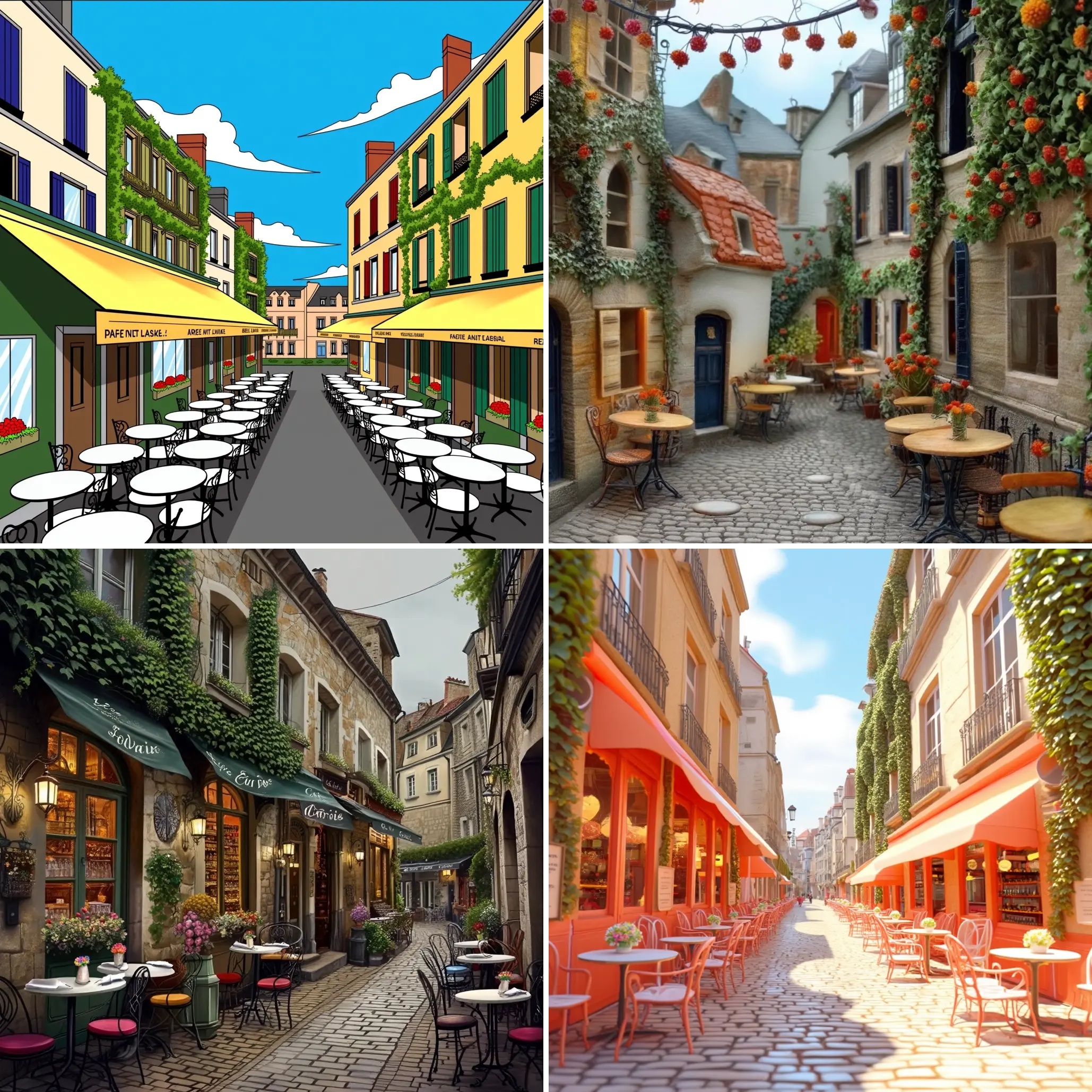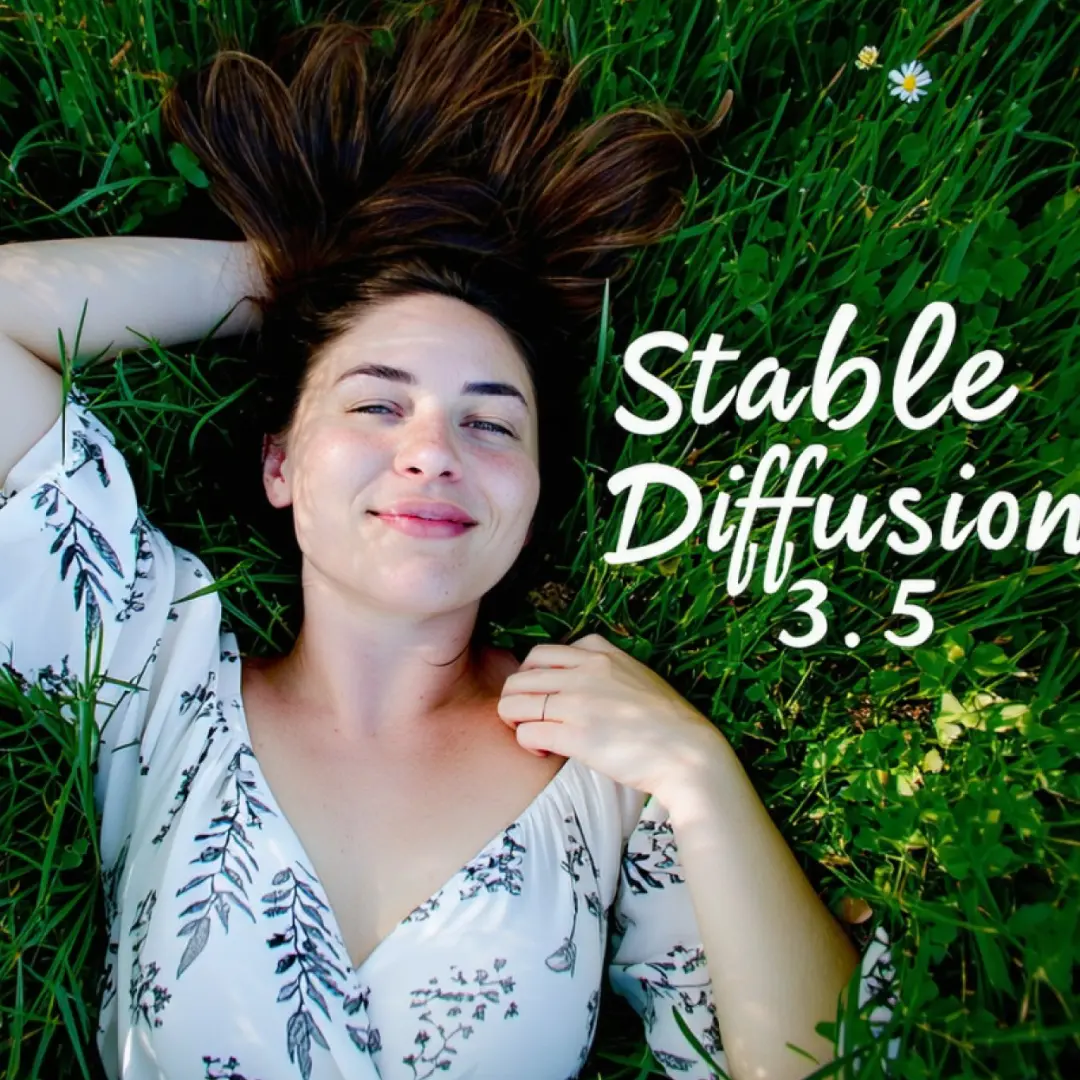ComfyUI Node: ToDetailerPipe
ToDetailerPipe
CategoryImpactPack/Pipe
Dr.Lt.Data (Account age: 747days) Extension
ComfyUI Impact Pack Latest Updated
2025-03-23 Github Stars
2.28K
How to Install ComfyUI Impact Pack
Install this extension via the ComfyUI Manager by searching for ComfyUI Impact Pack- 1. Click the Manager button in the main menu
- 2. Select Custom Nodes Manager button
- 3. Enter ComfyUI Impact Pack in the search bar
Visit ComfyUI Online for ready-to-use ComfyUI environment
- Free trial available
- 16GB VRAM to 80GB VRAM GPU machines
- 400+ preloaded models/nodes
- Freedom to upload custom models/nodes
- 200+ ready-to-run workflows
- 100% private workspace with up to 200GB storage
- Dedicated Support
ToDetailerPipe Description
Facilitates transition of components into detailed processing pipeline for enhanced AI-generated art refinement.
ToDetailerPipe:
The ToDetailerPipe node is designed to facilitate the transition of various components into a detailed processing pipeline, enhancing the depth and quality of your AI-generated art. This node is particularly useful for AI artists looking to refine their models by incorporating additional layers of detail and conditioning. By leveraging this node, you can seamlessly integrate multiple models, conditioning parameters, and other elements into a cohesive pipeline, thereby improving the overall output quality and achieving more intricate and refined results.
ToDetailerPipe Input Parameters:
model
This parameter represents the primary model used in the detailing pipeline. It is essential for generating the base output that will be further refined. The model should be pre-trained and suitable for the type of detailing you aim to achieve.
clip
The CLIP (Contrastive Language-Image Pre-Training) model is used for understanding and processing the textual descriptions that guide the detailing process. It helps in aligning the visual output with the provided textual prompts.
vae
The VAE (Variational Autoencoder) is responsible for encoding and decoding the image data, ensuring that the output maintains high quality and fidelity. It plays a crucial role in the image generation process.
positive
This conditioning parameter includes positive prompts that guide the detailing process towards desired features and characteristics. It helps in emphasizing specific aspects of the image that you want to highlight.
negative
The negative conditioning parameter includes prompts that guide the detailing process away from undesired features. It helps in suppressing unwanted elements in the generated image.
refiner_model
This parameter represents an additional model used for refining the initial output generated by the primary model. It adds another layer of detail and quality to the final image.
refiner_clip
Similar to the primary CLIP model, this parameter is used for the refining stage, ensuring that the textual descriptions are accurately interpreted and applied during the refinement process.
refiner_positive
This conditioning parameter includes positive prompts specifically for the refining stage, guiding the refiner model towards desired features and characteristics.
refiner_negative
This conditioning parameter includes negative prompts for the refining stage, helping to suppress unwanted elements during the refinement process.
bbox_detector
The bounding box detector is used for identifying and isolating specific regions of interest within the image. It helps in focusing the detailing process on particular areas that require more attention.
wildcard
This parameter allows for the inclusion of dynamic text elements, providing flexibility and variability in the detailing process. It supports multiline text and can be used to introduce random or variable elements into the prompts.
Select to add LoRA
This option allows you to select and add a LoRA (Low-Rank Adaptation) model to the text prompts, enhancing the detailing process with additional learned features.
Select to add Wildcard
This option allows you to select and add wildcard elements to the text prompts, introducing variability and dynamic content into the detailing process.
sam_model_opt (optional)
The SAM (Segment Anything Model) is an optional parameter that can be used for segmenting the image into different regions, providing more control over the detailing process.
segm_detector_opt (optional)
The segmentation detector is an optional parameter that helps in identifying and isolating different segments within the image, aiding in the detailed refinement of specific areas.
detailer_hook (optional)
This optional parameter allows for the inclusion of custom hooks or functions that can be applied during the detailing process, providing additional flexibility and customization.
ToDetailerPipe Output Parameters:
model
The primary model used in the detailing pipeline, which generates the base output.
clip
The CLIP model used for processing textual descriptions and aligning them with the visual output.
vae
The VAE responsible for encoding and decoding the image data, ensuring high quality and fidelity.
positive
The positive conditioning prompts that guide the detailing process towards desired features.
negative
The negative conditioning prompts that help suppress unwanted elements in the generated image.
bbox_detector
The bounding box detector used for identifying and isolating specific regions of interest within the image.
sam_model_opt
The optional SAM model used for segmenting the image into different regions.
segm_detector_opt
The optional segmentation detector used for identifying and isolating different segments within the image.
detailer_hook
The optional custom hooks or functions applied during the detailing process.
ToDetailerPipe Usage Tips:
- Ensure that your primary and refiner models are well-trained and suitable for the type of detailing you aim to achieve.
- Use positive and negative conditioning prompts effectively to guide the detailing process towards desired features and away from unwanted elements.
- Leverage the bounding box detector to focus the detailing process on specific regions of interest within the image.
- Experiment with the wildcard parameter to introduce dynamic and variable elements into your prompts, adding creativity and variability to your outputs.
- Utilize optional parameters like SAM model and segmentation detector for more control and precision in the detailing process.
ToDetailerPipe Common Errors and Solutions:
"Model not found"
- Explanation: This error occurs when the specified model is not available or cannot be loaded.
- Solution: Ensure that the model path is correct and that the model is properly installed and accessible.
"Invalid conditioning parameters"
- Explanation: This error occurs when the positive or negative conditioning prompts are not formatted correctly.
- Solution: Verify that the conditioning prompts are correctly formatted and contain valid text descriptions.
"Bounding box detector failed"
- Explanation: This error occurs when the bounding box detector cannot identify regions of interest within the image.
- Solution: Check the input image and ensure that it contains identifiable regions. Adjust the parameters of the bounding box detector if necessary.
"Optional parameter missing"
- Explanation: This error occurs when an optional parameter like SAM model or segmentation detector is required but not provided.
- Solution: Ensure that all necessary optional parameters are included and correctly configured.
"Wildcard processing error"
- Explanation: This error occurs when there is an issue with processing the wildcard parameter.
- Solution: Verify that the wildcard text is correctly formatted and does not contain any invalid characters or syntax.
ToDetailerPipe Related Nodes
RunComfy is the premier ComfyUI platform, offering ComfyUI online environment and services, along with ComfyUI workflows featuring stunning visuals. RunComfy also provides AI Playground, enabling artists to harness the latest AI tools to create incredible art.


